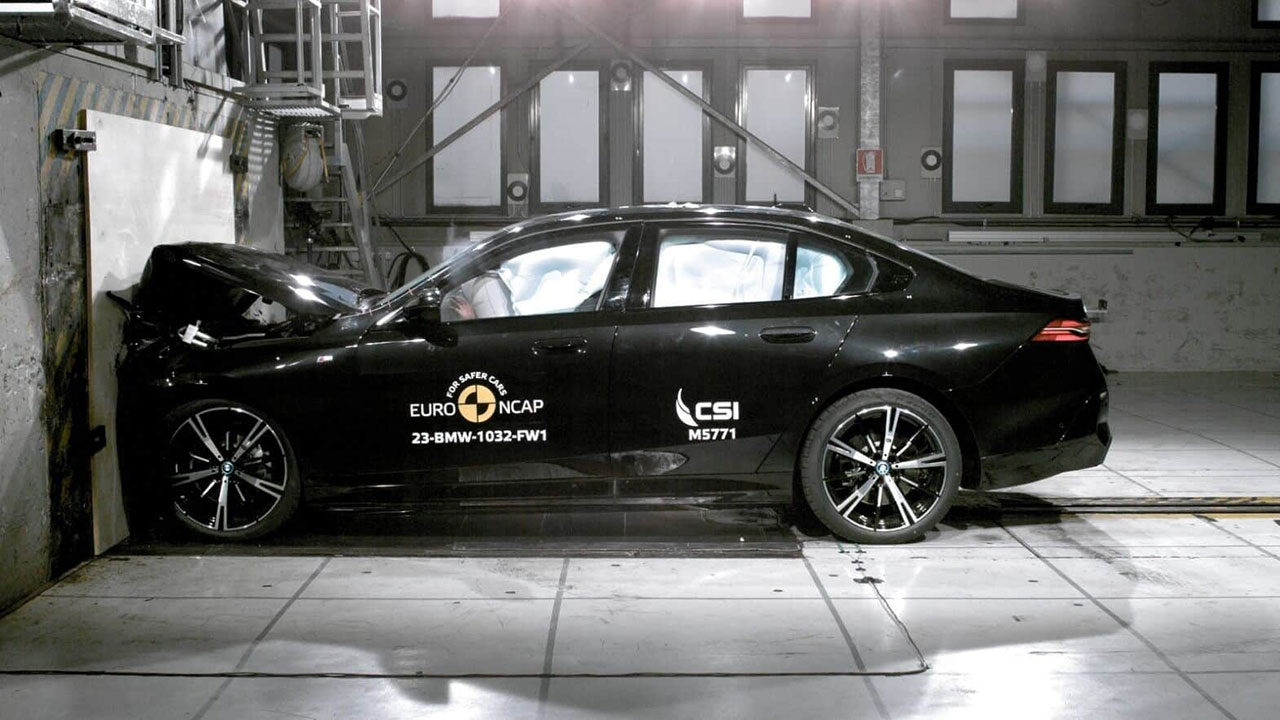In 2022, Euro NCAP issued safety ratings for 73 cars, a record for the organisation. But in 2023, only 18 car models were tested. Why so few? The European Vehicle Safety Testing Agency explained that manufacturers tried to snag the ratings before 2023, when new, tougher tests were introduced.
The ability of Euro NCAP's rating system to influence not only how well a new car sells, but also the insurance group it is part of, is such that the organisation said the new test scenarios now determine the production cycles of models and their launch dates. Euro NCAP added that it was not surprised by the drop in the ratings it gave for 2023.
"It isn’t uncommon that manufacturers need a bit more time to understand what requirements must be met for five stars. We have seen these fluctuations [in our testing numbers] occur over the last decade." the organisation added.
However, changes in testing methodology were not the only reason fewer cars were rated in 2023. Manufacturers are in a period of transition, extending the production life of some long-running internal combustion engine vehicles to focus more effort on developing new electric vehicles.
As a result, especially in recent years, Euro NCAP has rated many versions of the same internal combustion engine models. However, this trend is starting to slow down as new electric cars enter the market.
Finally, the industry has been affected by the Covid-19 pandemic, which has caused chip shortages, disrupted international logistics and disrupted the rhythm of production.
A Euro NCAP spokesperson said: "The test requirements for 2022 had been in place since January 2020 – one year longer than was originally planned, due to the impact of the pandemic. Many manufacturers were forced to postpone new car introductions and were plagued by the chip shortages, causing cuts in production volumes and delays.."
Euro NCAP expects to assess the safety of at least 40 cars in 2024. More models are scheduled to be tested in 2025. And as early as 2026, the testing methodology will be updated again.
Source: Euro NCAP

